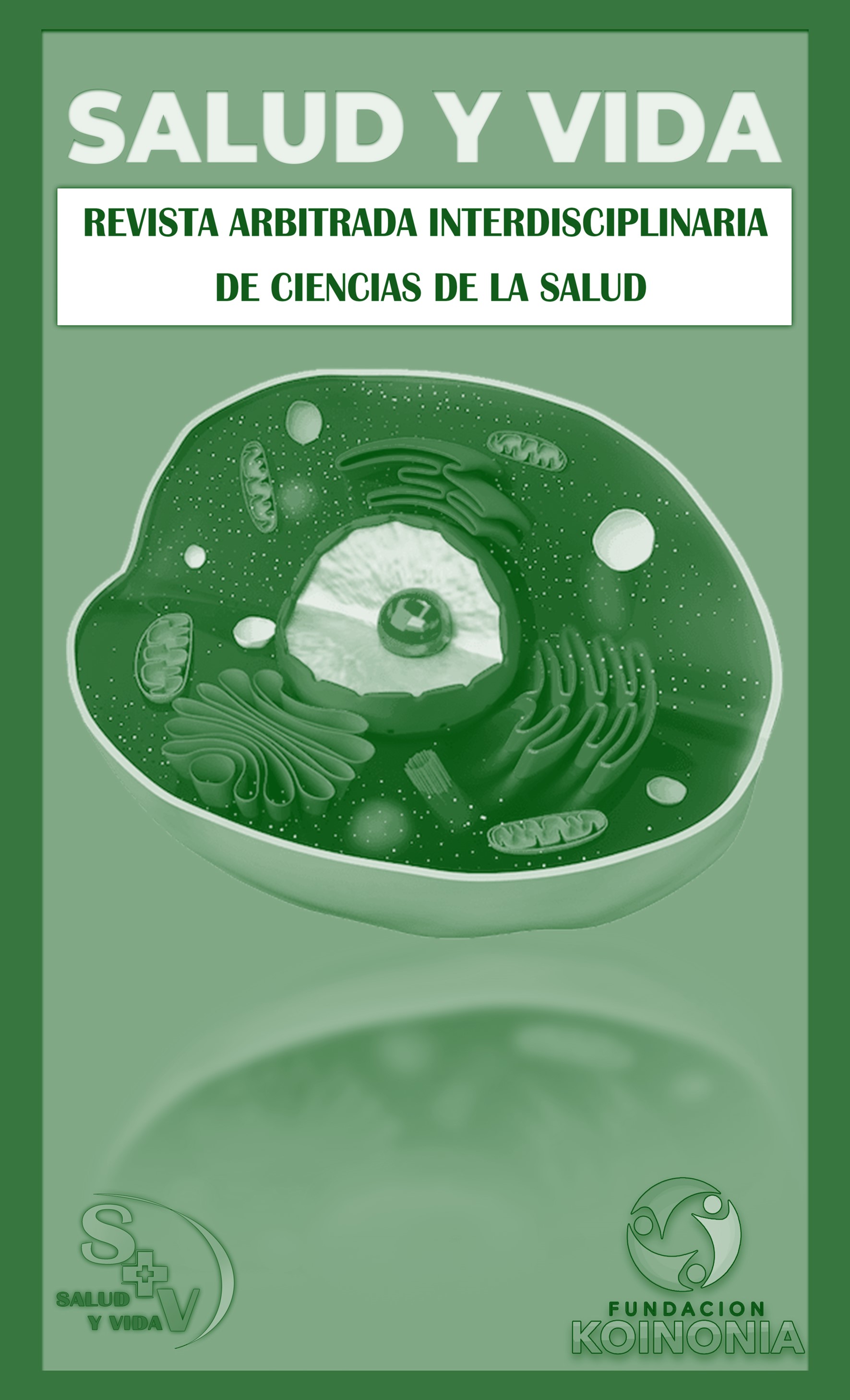Distancia de retracción anterosuperior a través de ansas helicoidales de aleación de níquel-titanio y acero
DOI:
https://doi.org/10.35381/s.v.v9i1.4506Palabras clave:
Ortodoncia, arco dental, modelos dentales, aleacione, (Fuente: DeCS).Resumen
Objetivo: Comparar la distancia de retracción anterosuperior a través de ansas helicoidales de aleación de níquel-titanio y acero inoxidable. Método: Las ansas helicoidales fueron realizadas en aleación de níquel-titanio y acero de calibre 0.017” x 0.025”, brackets MBT y tubos molares slot 0.22”. Los tipodontos se escanearon antes y después del procedimiento, se midió el cierre e inclinación en las piezas adyacentes al espacio, se aplicó la prueba de rango de Wilcoxon con un nivel de significancia al 95%. Resultados: Se evidenció diferencias, en la comparación realizada entre el T1 y T2, en el ansa fabricada en acero el promedio de cierre fue mayor que en el caso del NiTi, el ansa el acero produce más cambios en la angulación de los caninos. Conclusión: Los hallazgos sugieren que ambos materiales son clínicamente útiles, aunque el acero podría preferirse en casos que requieran una mayor eficacia en el cierre de espacio.
Descargas
Citas
Techalertpaisarn P, Versluis A. Mechanical properties of Opus closing loops, L-loops, and T-loops investigated with finite element analysis. Am J Orthod Dentofacial Orthop. 2013;143(5):675-83. http://dx.doi.org/10.1016/j.ajodo.2013.01.011
Kauling Bisol G, Rocha R. Estudo laboratorial do tempo de fechamento das alças e do grau de inclinação do canino, durante o procedimento de retração, empregando mecânica de arco segmentado. Dental Press J Orthod. 2010;15(1):53-64. http://dx.doi.org/10.1590/s2176-94512010000100007
Faulkner M, Lipsett A, EI-Rayes K, Haberstock D, Edmonton M. On the use of vertical loops in retraction systems. Am J Orthod Dentofacial Orthop. 1991;99(4):28-36. http://dx.doi.org/10.1016/0889-5406(91)70015-O
Rose D, Quick A, Swain M, Herbison P. Moment-to-force characteristics of preactivated nickel-titanium and titanium-molybdenum alloy symmetrical T-loops. Am J Orthod Dentofacial Orthop. 2009;135(6):757-63. http://dx.doi.org/10.1016/j.ajodo.2007.06.015
Chacko A, Tikku T, Khanna R, Maurya RP, Srivastava K. Comparative assessment of the efficacy of closed helical loop and T-loop for space closure in lingual orthodontics—a finite element study. Prog Orthod. 2018;19(1). https://dx.doi.org/10.1080/27705781.2022.2053388
Kum M, Quick A, Hood JA, Herbison P. Moment to force ratio characteristics of three Japanese NiTi and TMA dosing loops. Aust Orthod J. 2004;20(2):107-14. http://dx.doi.org/10.1016/j.ajodo.2007.06.015
Hung BQ, Hong M, Yu W, Kyung HM. Comparison of inclination and vertical changes between single-wire and double-wire retraction techniques in lingual orthodontics. Korean J Orthod. 2020;50(1):26-32. https://dx.doi.org/10.4041/kjod.2020.50.1.26
Keng FY, Quick AN, Swain MV, Herbison P. A comparison of space closure rates between preactivated nickel-titanium and titanium-molybdenum alloy T-loops: A randomized controlled clinical trial. Eur J Orthod. 2012;34(1):33-8. http://dx.doi.org/10.1093/ejo/cjq156
Bilinska M, Dalstra M. The effect of symmetric and asymmetric loading of frontal segment with two curved cantilevers: An in vitro study. Dent J. 2022;10(4). https://doi.org/10.3390/dj10040052
Ruenpol N, Sucharitpwatskul S, Wattanawongskun P, Charoenworaluck N. Force direction using miniscrews in sliding mechanics differentially affected maxillary central incisor retraction: Finite element simulation and typodont model. J Dent Sci. 2019 Jun 1;14(2):138-45. http://dx.doi.org/10.1016/j.jds.2019.01.016
Dalessandri D, Lazzaroni E, Migliorati M, Piancino MG, Tonni I, Bonetti S. Self-ligating fully customized lingual appliance and chair-time reduction: A typodont study followed by a randomized clinical trial. Eur J Orthod. 2013;35(6):758-65. http://dx.doi.org/10.1093/ejo/cjq156
Ishida Y, Kuwajima Y, Lee C, Ogawa K, Da Silva JD, Ishikawa-Nagai S. Effect of magnet position on tipping and bodily tooth movement in magnetic force-driven orthodontics. Materials (Basel). 2020;13(16). http://dx.doi.org/10.3390/ma13163588
Alkebsi A, Al-Maaitah E, Al-Shorman H, Abu Alhaija E. Three-dimensional assessment of the effect of micro-osteoperforations on the rate of tooth movement during canine retraction in adults with Class II malocclusion: A randomized controlled clinical trial. Am J Orthod Dentofacial Orthop. 2018;153(6):771-85. https://doi.org/10.1016/j.ajodo.2017.11.026
Murugesan A, Navaneethan R. Comparing the efficacy of Specs Loop and T Loop for en masse anterior retraction: A finite element study. Clin Investig Orthod. 2022;81(2):93-7. https://doi.org/10.1080/27705781.2022.2053388
Chun YS, Rhee JN, Row J. A comparison between friction and frictionless mechanics with a new typodont simulation system. Am J Orthod Dentofacial Orthop. 2001;119(3):292-9. http://dx.doi.org/10.1067/mod.2001.112452
Chiu A, Chen YW, Hayashi J, Sadr A. Accuracy of CAD/CAM digital impressions with different intraoral scanner parameters. Sensors (Switzerland). 2020;20(4). https://doi.org/10.3390/ma13163588
Publicado
Cómo citar
Número
Sección
Licencia
Derechos de autor 2025 María Andreina Gutiérrez-López, Danny Esteban Guerrero-Alvarado, Miriam Verónica Lima-Illescas

Esta obra está bajo una licencia internacional Creative Commons Atribución-NoComercial-CompartirIgual 4.0.
CC BY-NC-SA : Esta licencia permite a los reutilizadores distribuir, remezclar, adaptar y construir sobre el material en cualquier medio o formato solo con fines no comerciales, y solo siempre y cuando se dé la atribución al creador. Si remezcla, adapta o construye sobre el material, debe licenciar el material modificado bajo términos idénticos.
OAI-PMH: https://fundacionkoinonia.com.ve/ojs/index.php/saludyvida/oai.









